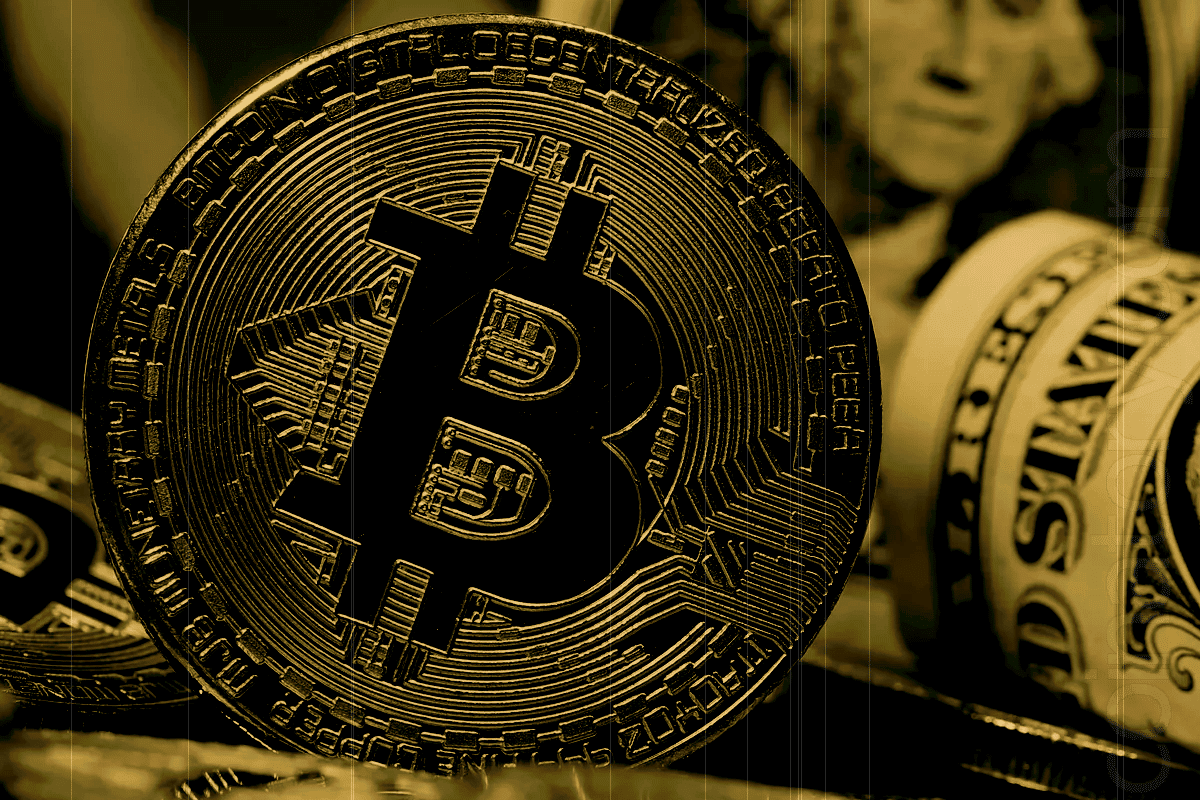
Robinhood Markets is set to join the S&P 500 on September 22, 2025, replacing Caesars Entertainment in the index’s quarterly rebalancing. The move positions Robinhood alongside Coinbase as one of the few crypto-facing firms within the most closely tracked equity benchmark in the United States.
While the S&P 500 does not hold direct positions in digital assets, the inclusion of companies like Robinhood subtly increases the index’s exposure to the crypto economy. As a leading retail gateway to digital assets, Robinhood enables passive investors — including those in pension funds and retirement accounts — to gain indirect access to the growth and liquidity of the cryptocurrency sector.
Robinhood’s arrival follows Coinbase’s inclusion earlier this year, signaling a broader institutional acknowledgment of crypto-adjacent firms as legitimate financial infrastructure. The presence of both firms suggests a redefinition of what constitutes a core market participant in the modern investment landscape.
Importantly, the addition obliges all index-tracking funds and exchange-traded funds to include Robinhood (HOOD) in their portfolios. This change is expected to generate significant passive capital inflows. However, analysts caution that such inclusion may also introduce incremental volatility to the benchmark due to Robinhood’s elevated beta — a measure of stock volatility — currently estimated at 2.36. Coinbase, for comparison, holds a beta of 2.89.
Despite the higher volatility, many see this as a worthwhile trade-off. Index investors — historically shielded from the crypto sector — now gain measured exposure via one of the most conventional vehicles in capital markets. The shift reflects growing comfort among institutions with integrating digital asset proxies into diversified portfolios.
Market sentiment has been notably bullish. Robinhood’s shares surged between 15% and 16% following the announcement, illustrating the well-documented “index inclusion effect” that often drives valuation reappraisals and renewed investor interest.
Industry commentators note that Robinhood’s evolution extends beyond trading. The company’s expansion into retirement products, credit services, and financial planning tools has repositioned it from a disruptive upstart into a structural component of modern retail finance. As one analyst observed, the firm has transitioned from being underestimated to becoming a platform that the financial establishment can no longer ignore.
Inclusion in the S&P 500 represents more than symbolic validation. It signals that Robinhood — and by extension, the crypto economy — is becoming embedded in the financial systems relied upon by institutions and individual investors alike.







